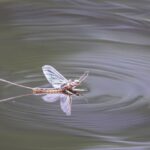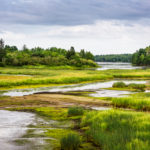Nestled on the south edge of Lake Manitoba’s Delta Marsh, where it meets Portage Creek, there sits a pastoral slice of paradise. The tract covers 31 acres of riparian habitat, wetland, forest and meadow, and is home to hundreds of species of wild animals and birds — plus two humans, Cal and Elaine Cuthbert. For













